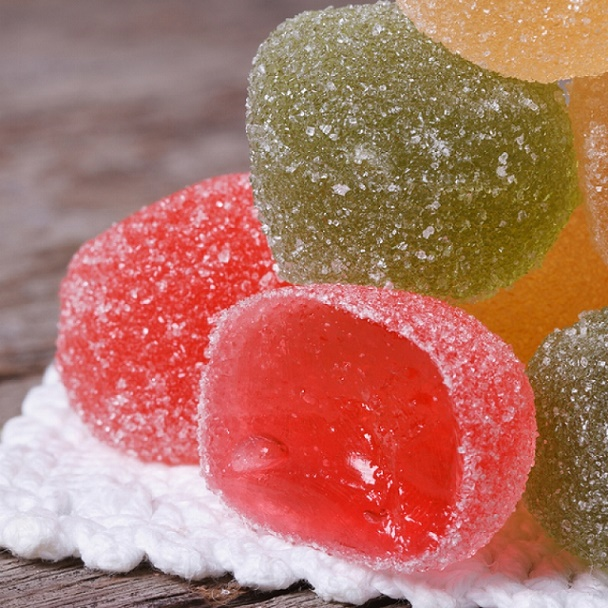Consumers are attracted to gummy items in large part because they are pleasurable to consume. Gummies are chewy and available in an assortment of tastes.
Some producers add coating layers to their gummy products to make them tastier while also increasing their texture and moisture content.
The coating is an optional process in the production of gummies. Coating each item increases time and cost to the manufacturing process, but commercial equipment enables producers to efficiently and quickly coat products at scale.
Let’s examine what you need to know about coating gummies, including:
- How gum coating operates
- Ingredients of gummy coating
- The advantages of putting a coating on gummies
- Gummy coating supplies and apparatus

How Gummy Coating Works
The manufacture of gummies involves four steps:
- Cooking: components are heated to a “slurry” consistency.
- The slurry is deposited and cooled into molds for cooling and drying.
- Coating layer and quality control: (optional) coating is applied to the gummies, which are subsequently tested for uniformity and quality.
- Gummies are dried on trays until their water activity reaches an appropriate level.
Coatings are most conveniently applied immediately after they exit the cooling tunnel and before drying. The coating is also feasible after drying, however, preparing the gummies for coating may require additional equipment.
Gummy Coating Ingredients
Compared to gummy bodies, gummy coatings require fewer components and a simpler technique. Coatings are not contained inside the hot slurry and hence do not require gelling agents.
The components utilized for a coating layer are determined by the desired benefits. If the objective is to increase sweetness, for instance, a sugar coating is applied.
Coatings can include a variety of substances, including:
- Wax: Sometimes used in conjunction with an oil coating, wax strengthens the outside of gummies, allowing them to retain their shape and preventing them from adhering together.
- Sugar: covering gummies with sugar offers sweetness and a lovely granular texture to contrast the chewy center of gummies.(The mixture of sugar and citric acid produces a tart coating.)
- Corn starch: regulates moisture and reduces gummy stickiness

Benefits of Adding a Coating to Gummies
The addition of a gelatinous covering is optional. There are, however, several strong reasons for a manufacturer to consider incorporating this phase into their manufacturing process. Here are the primary benefits of adding coatings to candies.
Manage and Improve Taste
The primary purpose of adding sweet and sour coatings to gummies is to enhance their flavor. When these coatings are put in granular form, they also serve to improve the texture of the product.
Reduce Stickiness
Coatings aid in reducing stickiness in multiple ways. Some coatings, such as sugar granules, increase the friction between gummies.
Corn starch is another popular substance used to separate gummies. Corn starch forms a nonstick covering that encapsulates the moister, stickier gummy body, preventing gummies from adhering to one another.
Manage and enhance texture
To manage and improve the texture of gummy products, several manufacturers add a thin exterior wax layer. Carnauba, a natural product obtained from Brazilian palm trees, or a comparable plant-based wax may be used.
Sugar granules are utilized for both flavor and texture. Sugar coatings create a rough exterior texture that contrasts nicely with the mushy center of gummy candies.
Control Moisture
Gummies can have their moisture content regulated via coatings. The addition of an outer coating layer seals and preserves gummy candies. By preventing gummies from absorbing or losing moisture, the texture and water content can be maintained more readily.
Gummy Coating Materials And Equipment
Coating candies on a large scale can be accomplished using commercially available equipment. A coating can be applied to hundreds of thousands of units per hour using gummy coating machines.
To produce coated gummies, you will need the following materials and tools:
Water, active substances, coloring agents, tastes and sweeteners, gelatin, or a gelatin substitute are the base ingredients.
Ingredients for coating: sugar, oil, wax, citric acid, or cornstarch
The apparatus used to cook, deposit, eject, and cool the gummy candies.
Water activity meter: checks moisture content for quality control and consistency.
Molds: produce gummy candies in the desired forms
 One-Stop Solution Manufacturer of Gummy Making Machine
One-Stop Solution Manufacturer of Gummy Making Machine